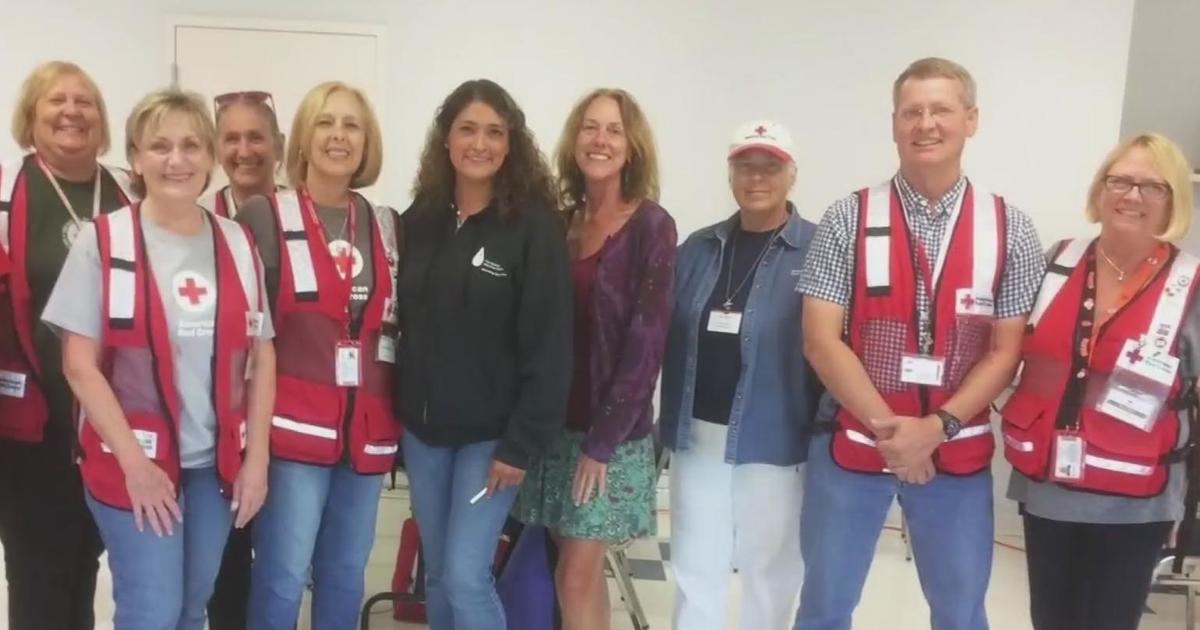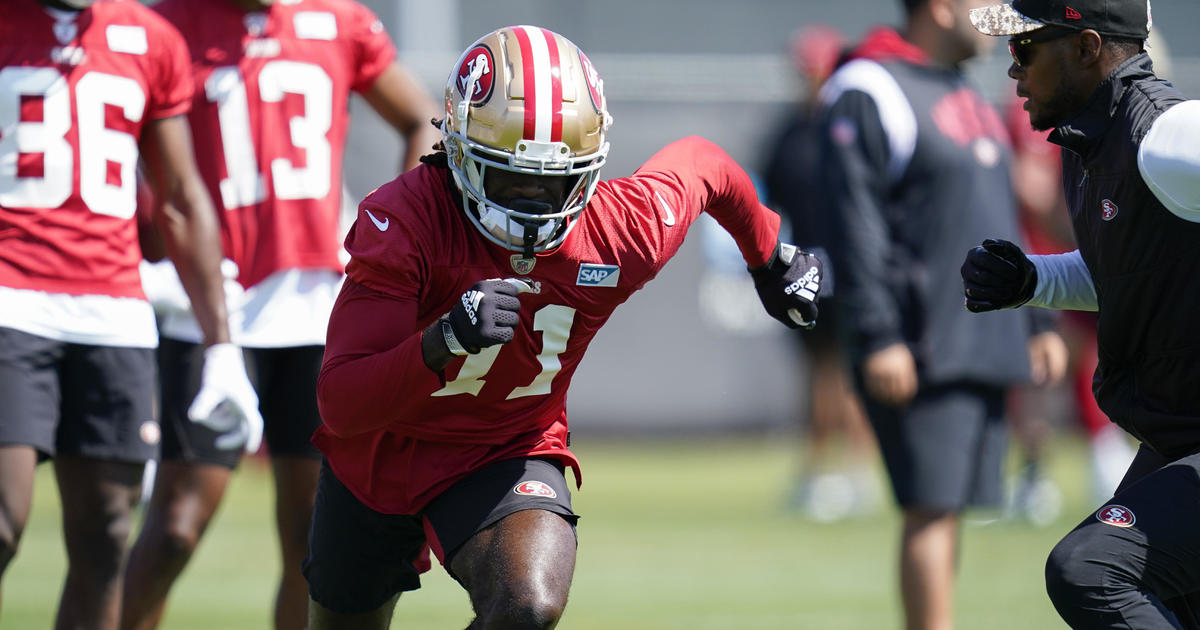Experimental Gene Therapy Shown Safe and Effective, Giving Kids a New Chance at Life
by Juliette Goodrich & Molly McCrea
SAN FRANCISCO (KPIX 5) -- A few years ago as part of a clinical trial, Bay Area scientists performed a delicate surgery on seven very young children, all born with AADC deficiency. They're unable to make an enzyme that creates critical neurotransmitters in the brain. The lack of these critical brain chemicals leaves the children locked in their bodies.
"They cannot talk or walk. They cannot feed themselves and as a result, they require lifelong care," explained University of California San Francisco neurosurgeon Dr. Nalin Gupta.
The children have no muscle tone.
"If you pick him up, it feels like you're picking up a pile of Jell-O," noted James Lo, father of one of the children involved in the clinical trial.
Now, a new report shows how the groundbreaking technique is not only safe but can also produce some dramatic benefits.
"We were astonished by the results," exclaimed Dr. Gupta
"It doesn't happen in one's scientific or medical career to be able to witness something so profound," reflected University of California San Francisco and Ohio State University Neurosurgeon Dr. Krystof Bankiewicz who pioneered the therapy.
It replaces the bad gene by delivering millions of healthy copies deep inside the child's brain. The good copies of the gene are tucked inside a disabled virus which is able to slip into the brain.
"It's kind of like a Trojan Horse," said Bankiewicz.
The technique is done using a sophisticated MRI and special software. Surgeons navigate a very fine hollow needle through a small hole in the skull. Once the surgeons see that the needle is in the right location, they infuse a solution that contains the corrected genes.
We first met Audrey in 2018. The Bay Area resident was among the six patients who were treated at UCSF. After the surgery, her parents noticed a change. Audrey began to sit up on her own.
Three years later, the dramatic impact of the gene therapy appears to be only deepening. Audrey is determined to talk. KPIX 5 asked her how she was doing and with a strong voice said "Good!"
The young girl now primarily communicates using a special touchscreen computer. She goes to school and physical therapy but during the pandemic, her parents became the surrogate teachers as well as the therapists.
Audrey now primarily communicates with a special touchscreen computer. KPIX 5 asked about her favorite activity and she quickly tapped on some buttons. The computer responded, announcing "Dance, I like to dance!"
Her mother, Carrie Shi, explained that Audrey really wanted to sign up for a dance class and as her mother, she was skeptical.
But then she saw what Audrey could do. The classes were held during the pandemic and on Zoom, and Audrey stood up on her walker and wiggled and swayed.
"Now she can walk independently, which is amazing," said Shi.
Her father, Albert Lou, agreed.
"Things are going well," said Lou. "I think we've seen a lot of improvements in Audrey in terms of physical improvements as well as learning."
"She is like a sponge, like she's absorbing everything," added Shi. "She loves to go to school, and she likes to play."
"It is amazing to realize that months after the surgery, that these kids understand everything," noted Bankiewicz.
Bankiewicz has treated several other children outside the United States and with the permission of the parents shared their video with KPIX 5. On it, you see and hear a little girl having the time of her life bouncing inside of a backyard pool. Another little girl from the United Kingdom is seated on a couch. Her father urges her to come near him. She stands up by herself. And finally, a little girl from Spain who could not hold her head up or sit up now walks without assistance on a treadmill.
Many parents now refer to their child's surgery day as their new birthday.
As for Audrey, it is clear to this reporter that this child is smart and curious. She is truly a "girl on the go." Audrey recently got a special visit with the Blue Angels, flew on a plane to Disneyland, and even went on a scary roller coaster ride.
Her dad is a big believer in science and technology. He is hopeful that more advancements for kids like his little girl are just on the horizon.
"I'm excited for her future," he said.
The AADC Research Trust is the premier place for families to learn about AADC deficiency and to find resources and clinical trials.
Bankiewicz had already deployed an innovative approach to deliver a gene therapy to Parkinson's patients with long-lasting results. He is now testing the technique in patients with early-stage Alzheimer's and multiple system atrophy.
While many genetic diseases involve more than one gene and may require a different approach, Dr. Gupta notes this technique is an important tool for doctors when it comes to gene therapy.



